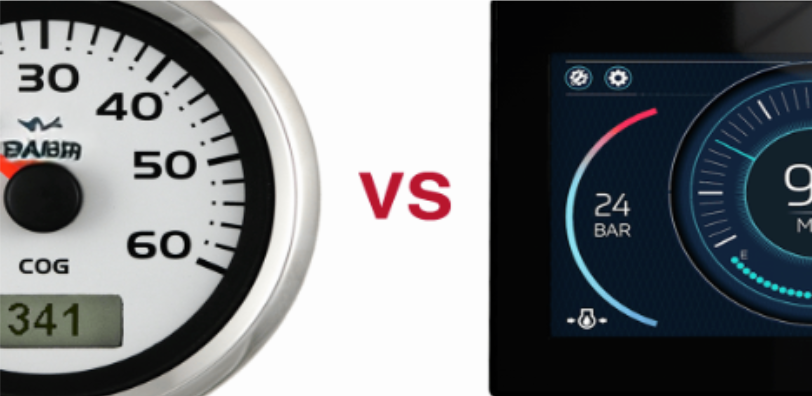Imagine you’re driving on a winding road, the sun setting in the distance, and everything feels perfect. But suddenly, a small light flickers on your dashboard. What does it mean? Is it a sign of trouble, or just a harmless alert? Here’s where your instrument cluster steps in, turning potential confusion into clarity. It’s not just a collection of dials and screens; it’s your vehicle’s communication hub, offering real-time data and warnings to keep you safe and informed.
But how did it all come to be? What’s the story behind this dashboard technology?
The Role of the Instrument Cluster
Instrument clusters, also known as the driver display unit, have seen remarkable changes over time. What began as simple analog gauges for speed and fuel levels has transformed into sophisticated digital dashboards, offering an array of information. Today, these clusters provide real-time data like tire pressure, engine diagnostics, and navigation details, all at your fingertips.
Think of it as a smart assistant on wheels, delivering vital insights to help you make informed decisions during your drive. Whether it’s a low-fuel alert, brake system warning, or engine fault indicator, the instrument cluster ensures you’re aware of potential issues before they escalate.

From Analog to Digital
The shift from traditional analog gauges to high-definition digital displays has revolutionized how drivers engage with their vehicles. Now, modern vehicles feature dynamic LCD, TFT, or OLED screens that can be tailored to suit individual preferences. Whether you prefer the classic look of analog-style graphics or the sleek interface of digital screens, these human-machine interfaces (HMIs) blend utility with style.
Digital instrument clusters not only enhance the aesthetic appeal but also provide detailed diagnostics, including fuel efficiency, emissions, and overall system performance. It’s like having a sophisticated cockpit right in front of you.

Boosting Safety Through Smart Displays
Today’s instrument clusters are integrated with Advanced Driver Assistance Systems (ADAS), taking vehicle safety to new heights. Features like lane departure warnings, adaptive cruise control, and collision alerts work seamlessly with your vehicle’s safety systems, offering real-time feedback to help you stay focused on the road and reduce accident risks.
When Things Go Wrong- Troubleshooting Your Instrument Cluster
Like any advanced technology, instrument clusters can sometimes encounter issues. Problems such as pixelation, unresponsive gauges, or software glitches may arise. Addressing these issues promptly is crucial for ensuring peak performance. Some issues may be fixed with a simple recalibration, while others might require professional diagnostics or a complete cluster replacement.
Regular maintenance and paying attention to cluster warnings can help prevent larger system failures, ensuring your vehicle stays in top condition.
Conclusion; A Window Into Your Vehicle’s World
The instrument cluster is far more than just an assembly of dials and screens. It’s an advanced information center that bridges the gap between you and your vehicle, ensuring smooth communication and efficient operation. By understanding its role, you can better manage your vehicle’s health and enjoy the journey ahead with peace of mind.
Trucrux’s expertise in cluster design
At Trucrux, we go beyond just offering standard solutions. We provide display sizes of 4.3, 7, and 10.1 inches, paired with development boards and System on Modules (SOMs). Need something unique? We specialize in customizing instrument clusters to suit your exact requirements, ensuring seamless integration with your vehicle’s design and functionality.
Why Choose Trucrux?
Whether you’re a manufacturer seeking robust solutions or a brand focused on aesthetics, we combine innovation with reliability to deliver high-performance clusters. Our expertise lies in tailoring displays to enhance user experience, making every journey better.
Ready to elevate your dashboard? Partner with Trucrux for innovative, customized instrument clusters.




